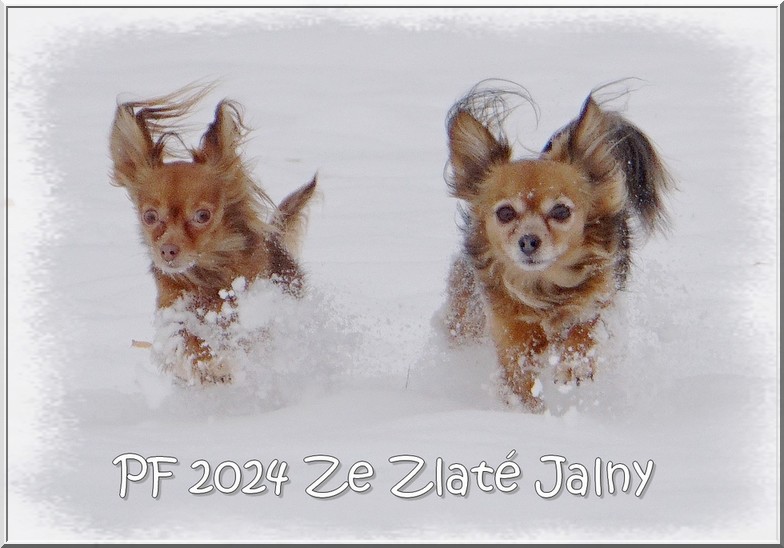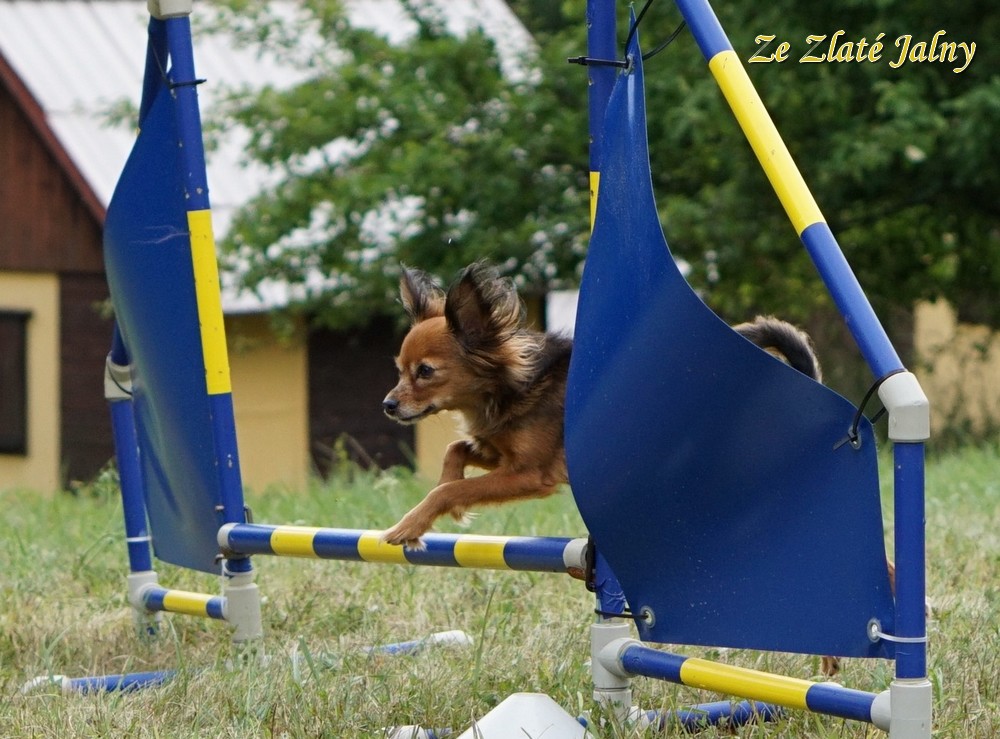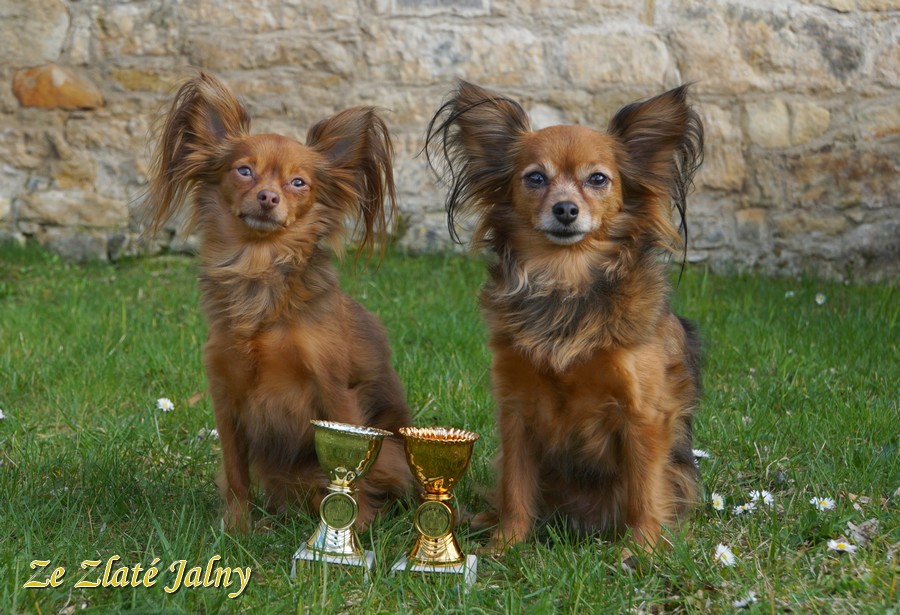Novinky 2023
24.-27.8.2023 Agility závody Noční Hrátky v Machově mlýně na Křivoklátsku: Kukie – kategorie veteránů – 2 krásné čisté běhy
1.-8.7.2023 Letní výcvikový tábor Agility v Horním Vysokém: táborový závod XS Doddie 4. místo, Kukie 3. místo:
4.1. 2023 Tinuška (Always Lucky Tiny ze Zlaté Jalny) díky péči své majitelky Veroniky Šmicrové oslavila krásné 16. narozeniny ♥







